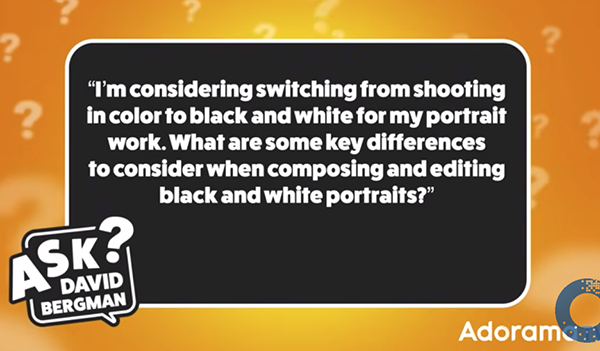The world of interior design has undergone a significant transformation in recent years, with virtual design services becoming a popular option for both designers and clients. While offering virtual interior design services can open up exciting new opportunities, it also comes with its own set of challenges.
If you’re considering adding virtual services to your offerings, here’s a detailed look at the pros and cons to help you decide if it’s the right fit for your business.
Pros of Offering Virtual Interior Design Services
1. Broader Client Reach
By offering virtual services, you’re no longer limited to clients within your local area. You can work with people across the country or even internationally, vastly expanding your potential customer base. This is especially beneficial if you specialize in a niche style that may not have a large local market.
2. Lower Overhead Costs
Virtual design services reduce the need for in-person meetings, site visits, and potentially office space. This can lower costs for travel, equipment, and operational expenses. Many virtual designers operate entirely online, which significantly cuts down overhead.
3. Flexibility and Convenience
Virtual services allow you and your clients to work on projects without needing to adhere to strict schedules. This flexibility can be appealing to busy clients and makes it easier to fit in work across different time zones.
4. Streamlined Process with Digital Tools
Thanks to technology, designing virtually has never been easier. Tools like SketchUp, AutoCAD, and 3D rendering software make it possible to create detailed plans and visuals. Platforms like Zoom or Google Meet enable seamless communication, and mood boards or design concepts can be easily shared via email or cloud services.
5. Appeal to Budget-Conscious Clients
Many clients view virtual design services as a more affordable alternative to traditional, full-service interior design. Offering packages or ala carte services can attract clients who want professional guidance without a hefty price tag.
Cons of Offering Virtual Interior Design Services
1. Limited Hands-On Interaction
One of the biggest drawbacks is the lack of physical interaction. You can’t personally assess a space, take precise measurements, or oversee installations. This can lead to potential inaccuracies and misunderstandings.
2. Communication Challenges
Working virtually requires clear and consistent communication. Misunderstandings can occur more easily without face-to-face interactions. You’ll need to rely heavily on detailed emails, video calls, and precise documentation.
3. Client Execution Risks
With virtual services, clients are often responsible for implementing the design plan themselves, which can lead to mistakes or deviations from the intended outcome. This can result in dissatisfaction or additional revisions.
4. Technology Dependency
A virtual interior design business heavily relies on technology. Issues like poor internet connections, software glitches, or lack of tech-savviness on the client’s part can disrupt the workflow and create frustration.
5. Difficulty Building Personal Connections
The lack of in-person interaction can make it harder to build rapport and trust with clients. Personal connections are often a key part of securing repeat business and referrals, which might be more challenging in a virtual setting.
Tips for Success with Virtual Interior Design Services
- Invest in High-Quality Tools: Use reliable design software and communication platforms to ensure a smooth process.
- Set Clear Expectations: Provide detailed documentation and clear guidelines to avoid misunderstandings.
- Offer Comprehensive Packages: Include step-by-step implementation guides or partner with local contractors to help clients execute your designs.
- Prioritize Communication: Schedule regular check-ins via video calls and provide prompt responses to client questions.
- Leverage Social Proof: Share testimonials, reviews, and case studies to build trust with potential clients.
Is Virtual Interior Design Right for You?
Virtual interior design services aren’t for everyone, but they can be a game-changer for those willing to adapt to a digital-first approach. Consider your strengths, business goals, and target audience before diving in. By weighing the pros and cons, you can make an informed decision that aligns with your vision for your interior design business.
Whether you choose to go fully virtual or offer it as a complement to your traditional services, embracing this trend can position your business for growth in an increasingly digital world.






















